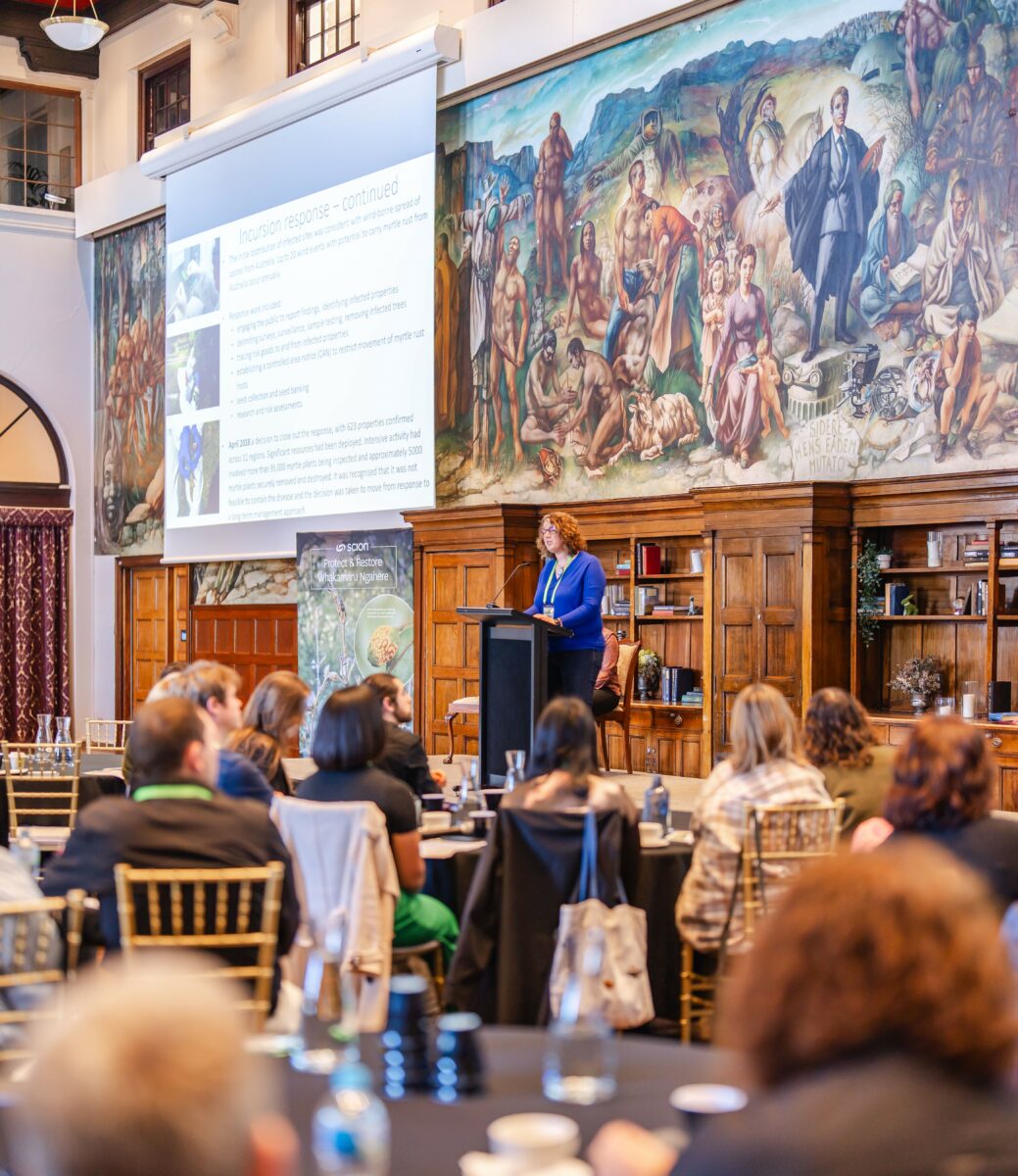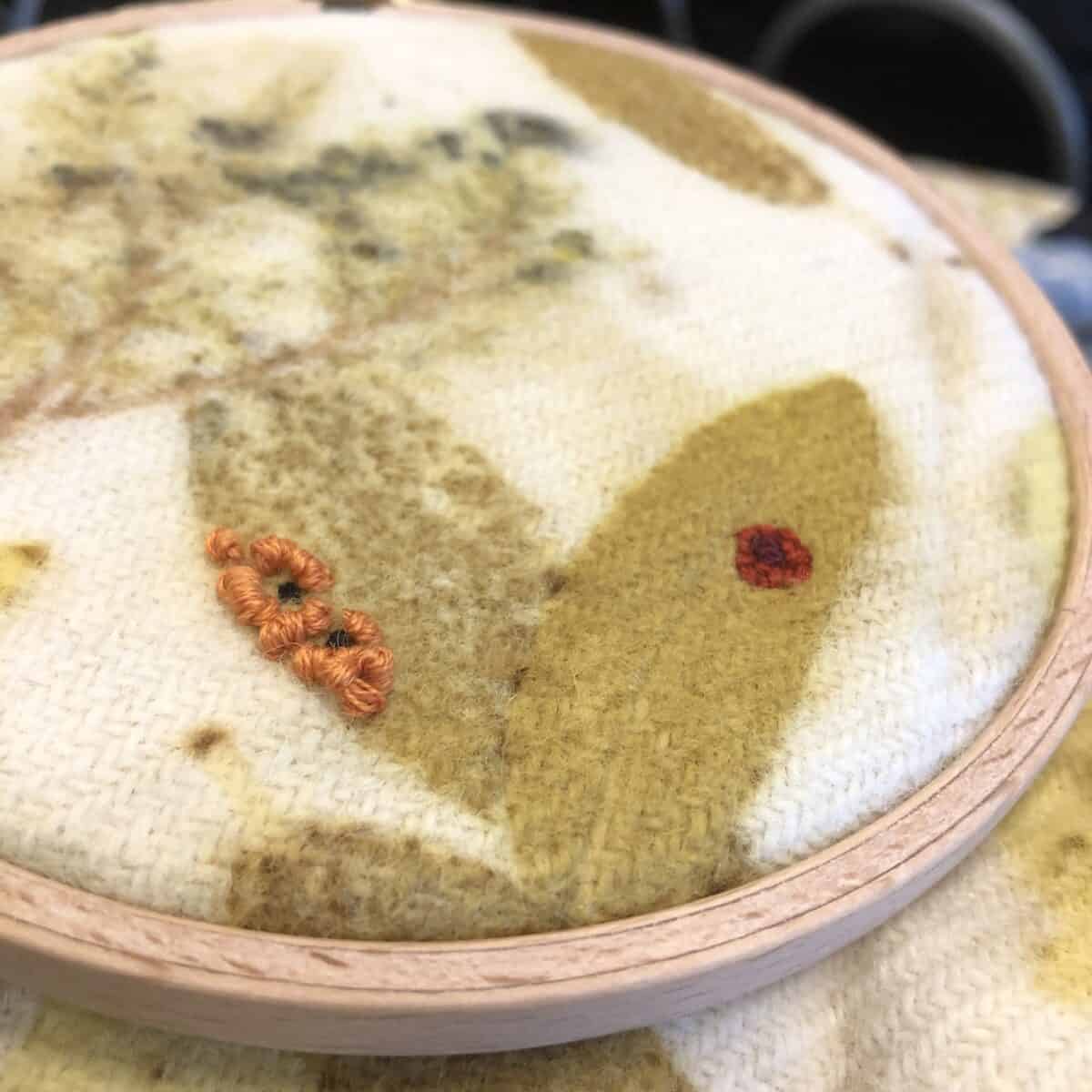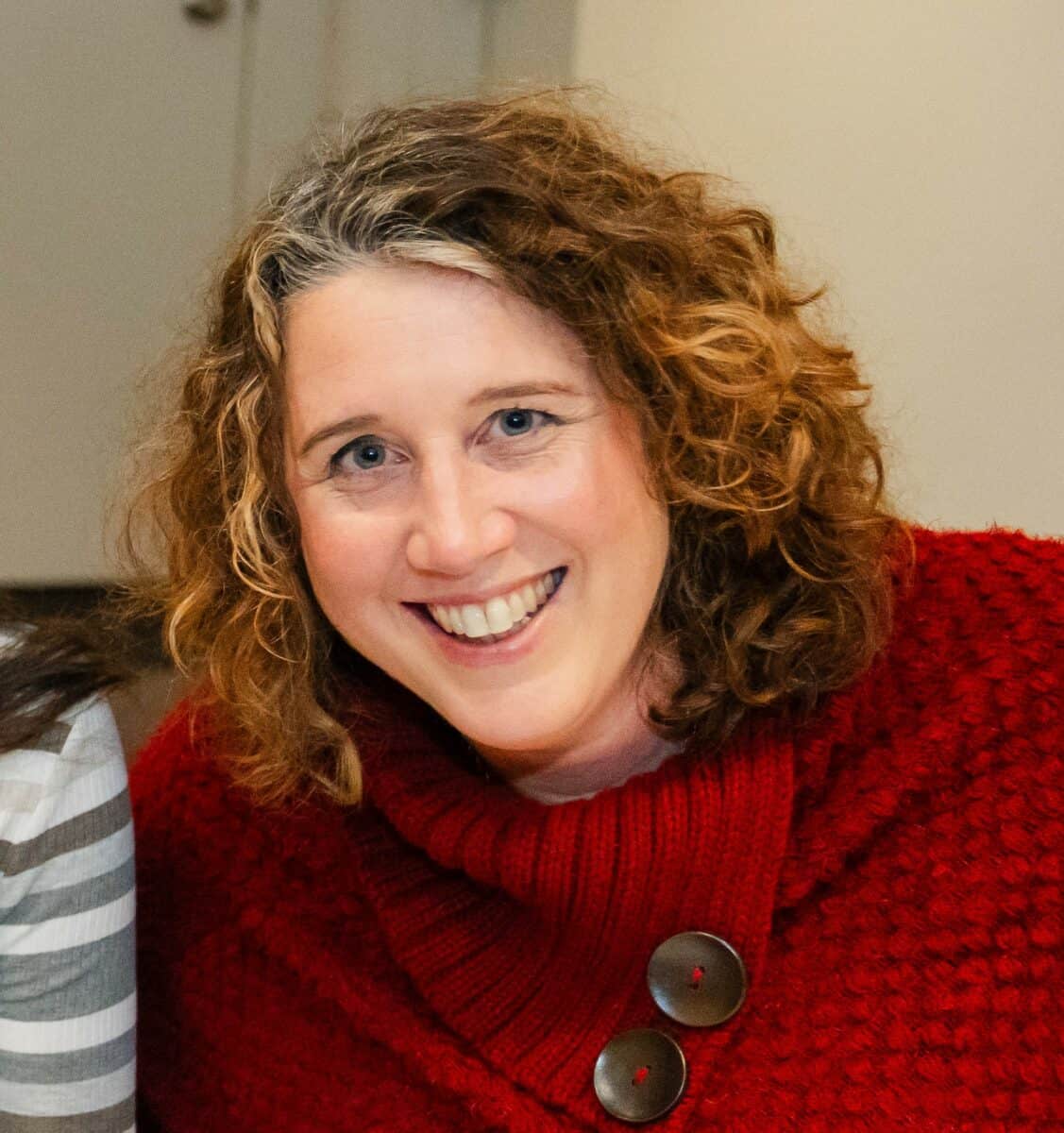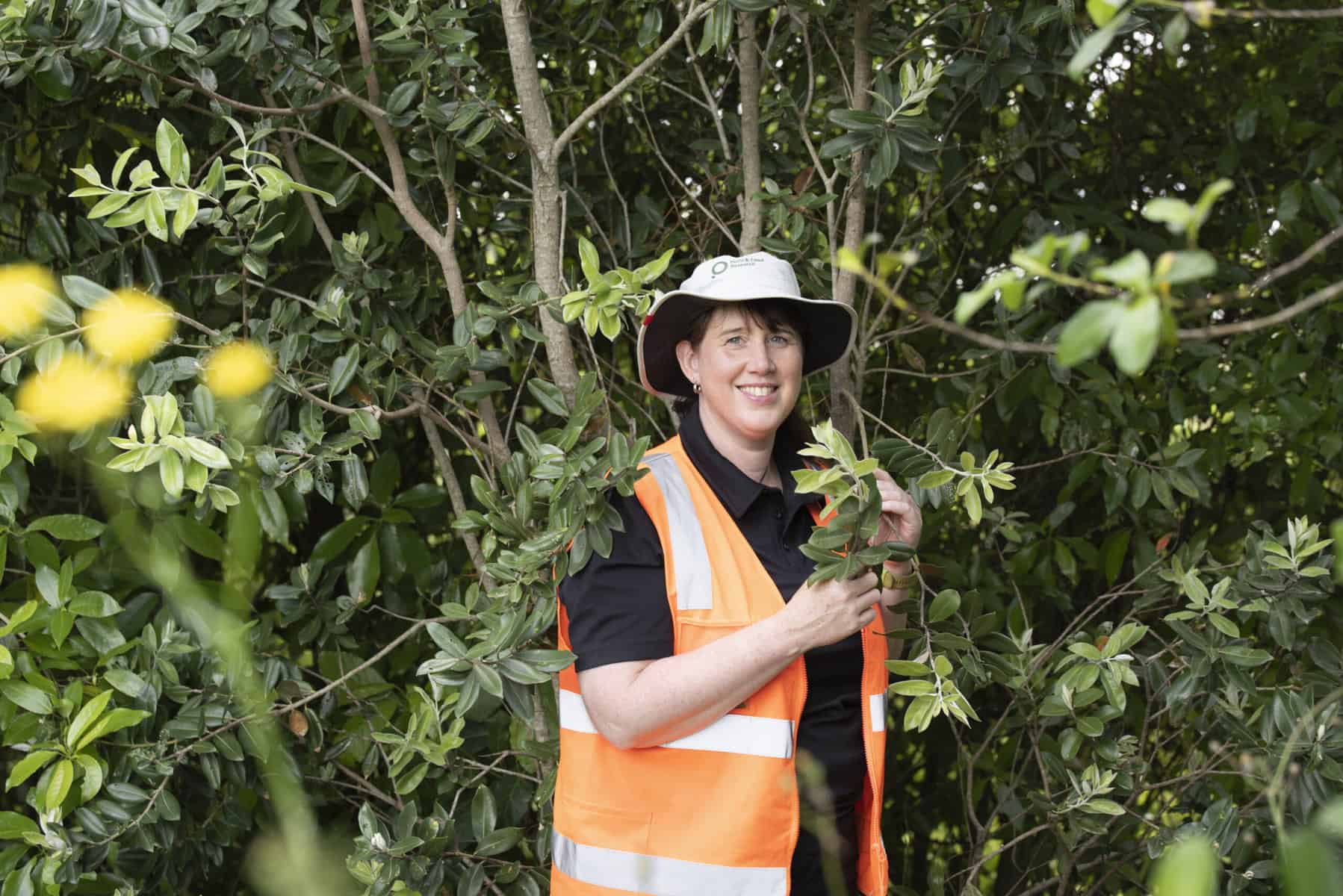How long have you been involved with Ngā Rākau Taketake?
From the beginning! I was brought into the scoping group specifically because of my knowledge on myrtle rust. I was then asked to lead the Host, Pathogen & Environment theme. Then, in July 2021, I took over from Maureen O’Callaghan as Science Leader for the programme.
What were some of the challenges the programme faced?
The last four years have been the most tumultuous science years I have ever experienced in my career. First, there was COVID. Meeting nationally and accessing field sites became really difficult. During Auckland’s excessive lockdown, people couldn’t go into the labs. On a geopolitical level, all the shipping was disrupted, so when researchers were able to return to the labs, they couldn’t get the consumables they needed to get the science experiments done. We couldn’t travel overseas to get to conferences and find out about new techniques and tools. Then we faced extreme weather events. With Cyclone Gabriel, we had researchers that we hoped had survived the cyclone (and thankfully had!) who we weren’t able to contact for over a week because they didn’t have electricity. Many of the mana whenua groups with whom we work were badly impacted.
Nothing went easily for this programme. That our scientists were able to achieve what they achieved with their research teams under the most trying circumstances… hats off to them all. They did an amazing job!

What were some of the successes that you are most proud of?
Ngā Rākau Taketake was an amazing programme that achieved a huge amount in a very short period of time. For me, Te Whakahononga is one of the things of which I am most proud. People often talk about empowering Māori, and we walked the talk, we delivered on that. We initially trialled Te Whakahononga as a research project, which helped us identify what didn’t work so well and make adjustments until we got it right.
If I had to go by pathogen, for myrtle rust, it would probably be the risk prediction model Rob Beresford put together. It was really an accumulation of everything that went right – it’s based on prior research, it includes Beyond Myrtle Rust research, it’s relevant to the public, it’s relevant to hapū and iwi, and it’s relevant to industry. For kauri dieback, I’d definitely say that Tohe Ashby’s work around rongoā is fantastic, and it’s heartening to know he’s continuing to train other kaitiaki and is creating such a positive, lasting legacy.
What have you learned through this programme?

The variety of what social science can offer has been impressive. I’ve always had exposure the social science, but seeing the science and the social science working together like it was able to in Ngā Rākau Taketake and having an output that was greater than what either could have done alone was inspiring and is a lesson I’ll take with me.
I also loved the co-lead model of Ngā Rākau Taketake. I was fortunate enough to have had a great Māori co-lead in Host, Pathogen & Environment and then also when I became a Science Leader. Co-leadership instilled diversity of thought throughout the programme. Science creativity thrives when you’ve got that level of diversity.
Ngā Rākau Taketake has drawn to a close amidst much uncertainty in the science system. What are your primary concerns?
We’ve grown a cohort of fantastic scientists, and they are going to go on and do fantastic science even if they have to leave this space. A loss of people power from forest health may be temporary if those researchers stay in New Zealand, but we will lose them permanently if they go overseas. We’re a small country, and it’s particularly problematic if we lose people to better opportunities elsewhere.
We won’t be losing you overseas, will we Beccy?
I’ve been through the ebbs and flows of biosecurity for many years. It’s still my passion. Myrtle rust isn’t going away, and I’m not going away either.
What’s next for you?
I’m still currently the acting science group leader for the Innovative Plant Pathology group at Plant & Food Research. I am also the co-chair of Tauranga Moana Biosecurity Capital (TMBC) with Carlton Bidois. Myrtle rust is a priority area for the TMBC Māori caucus, so even after Ngā Rākau Taketake funding finishes, that’s an area we will be continuing to work in.
I’m also looking forward to the IUFRO Phytophthora conference in September of this year and having all of the international Phytophthora researchers come to New Zealand to see the fantastic work that we’ve done in Ngā Rākau Taketake and meet with our researchers, hapū/iwi, communities and industries.

To hear more about Ngā Rākau Taketake, please check out Beccy’s recent talk ‘Ngā Rākau Taketake research into myrtle rust’ , which she presented for the Beyond Myrtle Rust Webinar Series. Here’s the link.
Jenny Leonard
